Where does consciousness occur?
If you’re just like the majority of the people, you’d reply to this question by pointing at your head. Nevertheless, that is where your brain is found. Also, your brain is the part of your body that is responsible for thinking, feeling and you use it to perceive the world that surrounds you, right?
That’s what contemporary science makes us understand– and our common sense, as well as our day-day experiences of consciousness, seem to accept. For instance, as you check the world that surrounds you, where are you viewing it from? Definitely your head– particularly, the eyes inside your head.
However, if you set aside these ideas for a minute and only concentrate on your personal experience of consciousness itself, you’ll see something really different. Also, that is essentially what this book chapter is about.
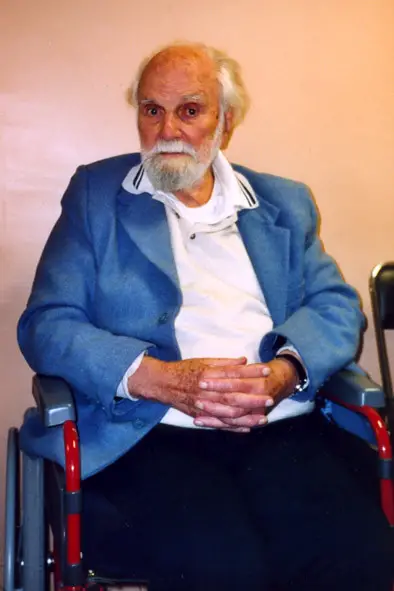
Chapter 1 – The author’s reflections were ignited by a life-transforming experience during his early adulthood.
When the author was 33 years of age, he had an experience that totally changed the manner he viewed himself as well as the world that surrounds him. The entire ideas we’re about to look at are essentially reflections on that one experience. Therefore, before we go into them, let’s move step back and find out about what the author experienced.
This was what occurred. On one occasion, the author was going for a walk in the Himalayas, when, suddenly, he stopped thinking. At that point, he got into a simplified state of consciousness. He was not interpreting, imagining, or reasoning, the world through language anymore. For a brief moment of time, he also forgot his name and the reality that he was something known as a “human being.”
Rather, he completely got focused on the present moment and the instant sensory experience he was having within it. Here, his concentration was particularly drawn to his visual field, and he began mentally tracing the shapes of his own body. Going with it downward, he saw his pant legs ending in a pair of shoes. Also, to the sides, he saw his shirtsleeves ending in a pair of hands. Going upward, he saw a shirtfront ending with – well, nothing. There was totally nothing there above his shoulders!
Definitely, we understand what “should” have been on top of his shoulders: his head. However, when he checked around and concentrated only on his immediate visual perceptions, he didn’t find any head. Rather, he only found an empty space where his head “should” have been. It was a “headless void,” as he would name it afterward.
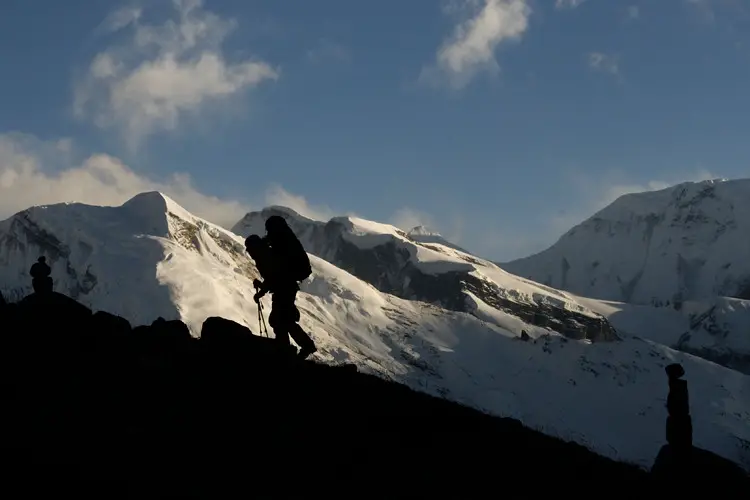
But, as he checked closer, he saw that there was a thing quite odd about the empty space of this headless void. It wasn’t actually empty nonetheless. As a matter of fact, it was rather the opposite. It was completely filled –occupied with mountains, trees, grass, hills, as well as the bright blue sky of the Himalayan landscape that he was viewing. The nonexistence of his head made space for the presence of the whole world that surrounds him.
However, it wasn’t only his head that was missing. There was also another thing that was clearly absent from the huge and beautiful scene in his presence: the author himself. There was no “he” who was seeing it. There was only the scene itself. The world was basically present – occurring as a “self-luminous reality” that was “brightly shining in the clear air, on its own and unsupported, mysteriously suspended in the emptiness,” as he would explain it later on.
That might seem somewhat esoteric or mystical; however, to him, at that point, it was as easy as could be, and it occupied him with a sense of peace and happiness.
Chapter 2 – What the author experienced in the Himalayas changed the manner he viewed himself.
The author’s experience in the Himalayas persisted for only a few instants. When it was completed, he instantly began to attempt to make sense of it.
To start with, the author understood that he came into his experience with an unclear notion of himself, which went this. Firstly, there was his body, which was similar to a house. Also, there were his eyes, which were similar to two windows at the top of the house. And lastly, there was his conscious self, which was similar to someone living inside the house who could check out the windows to view the world outside of the house.
However, when he concentrated on only his immediate visual experience, he saw something that was really different. To start with, there weren’t two windows. As far as he could understand, there was just a window: his whole visual field. But, on closer look, it wasn’t even actually a window nevertheless, since there was no frame. Meaning, there was no border surrounding his visual field; it was only a wide-open expanse – the “headless void,” as he named it.
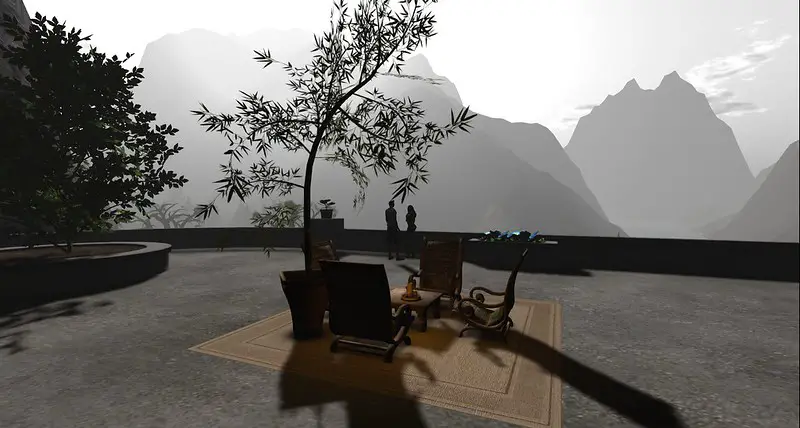
Also, then the entire house analogy really began to fall, since here came the surprise: not only was there only a frameless “window” that was actually a void; however, there was nobody even observing out of that “window”! There was just the void itself and its entire pictures filling it – nothing more, nothing less.
As a matter of fact, to his best understanding, there was completely nothing interfering between the pictures and the void. It wasn’t as though there were images of grass, hills, and mountains, being shown on a blank screen or filtered through a pane of glass. The pictures were just there, immediately present in the void.
Neither was there even any space or separation between the void and the pictures that filled it. The pictures and the void were totally joining together into one, unified reality, which was the only thing he could see. According to his visual experience, nothing else was there. There was just the view itself, occurring in a state of complete simplicity.
Chapter 3 – You will never be able to see your own head.
After knowing about the experience of the author’s and his first observations, you might be feeling a bit confused or doubtful at this moment. What exactly is this whole thing about? What point is it getting at? Also, why did he think it was really a big deal?
In order to give a reply to these questions, let’s attempt to recreate his experience for ourselves. The first aspect is something simple, and you can do it immediately. Look down and also to your sides. You’ll notice your legs, arms, as well as your torso. Now, follow your torso upward, and ultimately, you’ll get to where your head “should” be. However, it’s not there. It’s not there.
Therefore, what is it you see above your shoulders? Well, if you’re looking for your head, you could say “nothing.” It’s as though there was an empty space where your head “should” be. However, if you check what you’re noticing in that empty space, you’ll see that this “nothing” has everything –the entire picture you’re seeing in your visual field.
What do you notice in those images? Well, that will depend on your location definitely. It could be that you are reading this while someone else could be listening to it in a car, and you’ll both see really different things because of that. However, regardless of where you are and what you’re checking, you’ll never notice your head. You can verify this for yourself by looking for it. Change your eyes in all directions, and take in everything that surrounds you. Different kinds of things are on offer to your look –however, where is your head? You can’t find it anywhere.

As a matter of fact, you could go to all the places in the world and view everything there is to be viewed– traveling to the farthest stars in a spaceship or glancing at the smallest particles with a high-powered microscope. However, the only thing you’ll never be able to see is your own head.
Now, at this moment, you most likely have a lot of uncertain questions and objections arising in your mind. If that is the case, you are not the one only; so did the majority of the people with whom the author talked about his experience and observations. However, don’t be scared, in the following chapter, we’ll look at these questions and objections direct – no pun intended!
Chapter 4 – You cannot actually see your head in a mirror, a picture, or with any other way; you only notice splotches of color.
Your head cannot be seen by you. As weird or pointless or obvious as it might look, that’s the simple point of argument here. After, we’ll examine the reason why it matters a lot; however, firstly, let’s examine the objections that can be made against it. Nevertheless, there’s no need in attempting to know the importance of the claim if it’s not even correct in the first instance.
Let’s begin with the most evident objections. Firstly, can’t you see your head in a mirror or a picture? Well, assume you’re checking your picture and concentrate on what you really notice in your field of vision. Do you really see your head? Or do you only notice some splotches of color?
Naming the splotches with the terms of day-day speech, we could mention that you notice a reflection or a photographic reproduction of your head. However, you’re not actually seeing your real head in either of these photographs. You’re reading them and giving identities to them after the fact of seeing them.
OK, we could answer. However, can’t you “directly” see your nose? The nose is part of your head, and it definitely looks like you can view it if you position your eyes downward in a particular way. That would appear to invalidate the claim that you cannot your own head. You can see part of it, however.

However, can you truly? Once more, look down and notice what you really see. Depending on your skin color, you’ll only see a few pink, tan, or brown splotches in your field of vision. You read these pictures as corresponding to your nose; however, they’re not actually your nose.
Consider it this way: If a person approached you and presented to you a couple of splotches on a piece of paper, would you refer to them a nose? No, you’d only refer to them as a couple of splotches. Also, rightfully so – a couple of splotches do not mean a nose. Nevertheless, a nose, as we generally know it, is a three-dimensional part of the body that has flesh, blood, mucus, as well as other biological parts. That’s very different from a couple of splotches of color.
Already considering more objections? Don’t bother; we’re only getting started!
Chapter 5 – Just like how you can’t see your head, you can’t see your body as well.
We’re on a roll; therefore, let’s keep the objections coming in!
Moving on from where we stopped, we could mention the following: OK, definitely, without the help of a mirror or a picture, we can only notice a couple of splotches of color that we read as being our nose. Also, perhaps it’s correct that there’s a difference to be made between those splotches of color and what we regard as being our nose itself. However, can’t the same claim be made about all other parts of our body?
Previously, we mentioned about looking down and noticing our hands, arms, feet, legs, as well as a torso. However, when we look down, what do we really notice, if we only pay strict focus to what’s directly in front of us? Well, we just notice more splotches of color, much similar to our nose. Certainly, the pictures are sharper –perhaps we should refer to them shapes rather than splotches. However, they are all the same, aren’t they both just pictures basically? Therefore, couldn’t we mention that we’re not able to see any part of our body – not only our head?

However, what’s wrong with this way of thinking? Far from being an objection, isn’t it only the reality? Look down at your torso. What do you notice? There’s only a roundish, rectangular shape showing the colors of whichever piece of clothing you’re putting. Is that really your torso? Is that the thing in your when you imagine the term “torso?” Is it a collection of bones, muscles, organs, and every other thing that you talked about in anatomy class? No, it’s only a colored shape. Also, the same opinions could be made about every other part of your body that you allegedly notice.
Therefore, yes, you haven’t only lost your head; however, now you’ve lost your whole body! Or to be more specific, you never had any of them in your conscious awareness, to start with; you basically assumed that had them. Actually, you only had visual perceptions that you understood as being your body.
The plot becomes complicated. The mystery increases. Also, in the following chapter, the objections and counter-arguments will move to a higher level.
Chapter 6 – The assertion that we don’t have heads or bodies is more sensible than it might look.
Alright; at this moment in the argument, we’ve not just lost our heads; however our whole body too. Have we lost our minds in the process too? Certainly, it’s absurd to assert that we don’t have heads or bodies, regardless of how smart our argument might be.
If the claim is absurd, then we ought to be able to refute it without difficulty. However, what proof do we possess to mention that we do have heads and bodies?
Well, as we’ve understood, our visual perceptions cannot assist us out here; however, we possess a lot of other senses as well. Can’t we sense aches and tingles in our numerous body parts? Can’t we place our hands on those body parts and sense them? As a matter of fact, can’t we even place our hands on our heads and hence attest that they’re actually there on our shoulders?
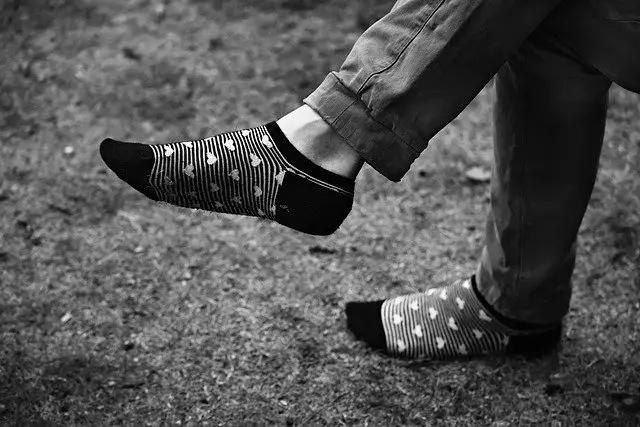
However, once more, set aside any understandings of your perceptions and concentrate only on the perceptions themselves. What do you really notice? You just feel a lot of feelings of pain, tingles, and touch. Even merging them with your visual perceptions, do they add up to a head, a torso, a foot, or any other part of your body? You understand them as indications that those body parts are present. You think that they relate to the external objects you refer to as your head, your torso, and your foot. However, none of them are objects actually.
As a matter of fact, you have no straightforward proof that any such external objects are real in the first instant. The only thing you have is a collection of perceptions and feelings. You can mentally recreate them into objects, and you can say to yourself that those objects are real. However, are the entire ideas that you are allowing in your mind and interpreting into the proof given by your senses.
Maybe those ideas happen to be correct; maybe they’re wrong. However, at the moment, that’s not the point. The point is basically that you do not have any proof for them. They’re just inferences, not proven facts. Also, here, to know the nature of our conscious experience, we’re only attempting to concentrate on the facts.
Talking about facts, what about science? Certainly, a scientist would possess a good objection to make to all this philosophical discussion. In the following chapter, we’ll hear what she might say.
Chapter 7 – The declaration of outside observers does not refute the assertion that we do not have bodies.
We began with an assertion that we cannot see our heads ourselves. Now, we extended that assertion into a bolder one: as far as we can say, according to the direct proof given by our senses, we don’t even have a body, talkless of a head!
Now, this is one of the very obvious oppositions that can be made against this extended version of our assertion: Can’t we just walk up to a person and ask the person this question, “Hey, do I have a body?” She might give you a somewhat puzzled look and like there is something wrong with you; however, definitely, she’d say, “Yes, you do have a body.” Also, every other person in the universe would agree. Doesn’t their declaration offer us proof for having a body?
Well, no, since they’re in the exact same position that we are.
Similar to you, the only thing they ever notice of your supposed body is a collection of colored shapes. The only thing they ever feel is a collection of feelings of touch. Also, the only thing they will ever smell – well, you understand the point.
However, if a normal outside observer can’t be of assistance to us here, perhaps an expert observer could assist us. What could a scientist do to attempt to get around this mystery? Perhaps, she could example our bodies and see various kinds of things with several microscopes and scanners. She could see those things we refer to as molecules, cells, and organs. She could point them out to us and mention their names as well as their roles.
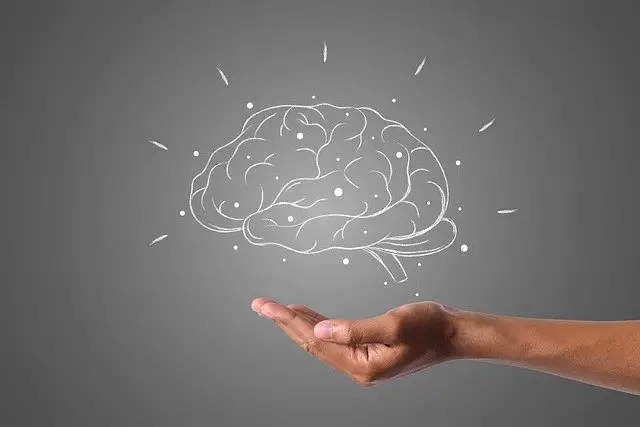
However, once more, eventually, the only thing she notices is the splotches of color that appear in her instruments. In this regard, she’s got a more diverse, more detailed, and better-labeled image than ours –however, it’s still only an image.
But, she can as well accumulate the bits and pieces of that image into a refined scientific model of how our brain functions. Our brain is just a part of our body – and based on our contemporary, scientifically informed common sense, it’s not only any part; it’s the one that makes consciousness occur. Therefore, perhaps the scientist can give an explanation for this entire situation and put a stop to this whole business about not having a body.
Let’s see.
Chapter 8 – The scientific justification of consciousness suits the assertion that we don’t have bodies.
So as to prevent getting caught up in a lot of information, let’s only concentrate on one part of our conscious experience – the exact same one we began these chapters with our vision. How would contemporary science describe this to us?
Science would describe the story of vision in a way similar to this. First, a lightwave strikes an object – a mountain, for instance. A portion of the lightwave bounces off the mountain and gets to your eyeballs, where it eventually activates some kind of chemical changes in the light-sensitive cells in your retinas.
Troubled by the light, the cells transfer their excitement to other cells; hence, generating a signal that ultimately gets to a particular section of your brain. Also, here, at this terminal point, the signal someway becomes changed into a consciously experienced picture of a mountain.
We could refer to this terminal point as the “Grand Central Station” of your experience of the here and now. Since it’s just here and now, at this certain point, that the visual experience of your consciousness one way or the other springs into being. Also, at this strange point, we go right back to where we began– plunged into an experience of consciousness that encloses all the things we can ever be conscious of. Our entire feelings, sensations, perceptions, as well as thoughts go through this experience – even the actual words you’re listening to and the opinions you’re having about the scientist’s narrative!

As for that narrative itself, say it is correct, it would just look to provide more justification for our claim. The scientist is essentially saying to us that the mountain we notice isn’t a thing present “out there,” in an external reality that’s distinct from us; it’s only a picture corresponding to some kind of neural agitation occurring “in here,” in our brains.
The same holds true for every one of our other sensations and perceptions. According to the scientist, they’re all only several kinds of experiences corresponding to several kinds of neurological activities. Add the entire thing together, and you get your whole experience of consciousness. Also, what is that experience made up of?
Well, several sensations of taste, sound, sight, and so on. We are right back again where we began– surrounded by a realm in which we can just see splotches of color and things of that kind. You can interpret them anyhow you wish–however, the outcome is only an interpretation. Also, as far as you can describe, that interpretation also just occurs in your experience of consciousness.
Chapter 9 – As much as we can tell, there’s nothing past our direct experiences.
To summarize the author’s claim and then drive it home, let’s assume that we’re in his situations, going for a walk in the Himalayas. After understanding that we can’t see our own heads, we pause and check around. What do we notice?
As we check around, we notice grass, hills, and mountains; however, those are terms we’re using to name the pictures that occupy our visual field. Let’s only concentrate on the pictures themselves. What do we actually notice? There’s basically a group of colored shapes.
Just for the sake of ease, we can refer to these shapes by their names; however, let’s bear in mind that these terms are more elements we’re including to the scene. The exact holds true of the ideas and knowledge those terms conjure up for us. For instance, we might correlate a patch of green with the term “grass,” which we understand is a kind of plant that’s very small likened to a mountain.
Having that understanding in mind, we can deduce that a blade of grass is really close to us, and also, a mountain is really distant from us if they look the same in size. Nevertheless, we could think, the real blade of grass and the real mountain is not actually the exact same size; they only appear that way due to the position from which we’re looking at them from.
However, all of these are concepts and chains of thinking that we’re adding to our direct visual experience. One again, if we only concentrate on the experience itself, the only thing we will notice is the colored shapes, occurring in a single field of visual perception. Also, in that field of perception, there aren’t any different amounts of the space between us and the two shapes in particular.

As a matter of fact, there’s no distance there and there’s not even a distinct “us” from which the shapes could be far in the first instance. If we only concentrate on our visual experience, we just notice a single field of perception whereby the two shapes are co-existing in the same way. In this regard, they’re similar to two splotches of paint on the exact same canvass. We can rationally project distance onto the splotches; however, it’s not a part of the splotches themselves; it’s a thing we’re interpreting them as
But, in reality, there is no canvass; also, there is no surface whereby the shapes are being painted on. In our direct visual experience, the shapes are just existing, and there’s basically nothing behind them.
Chapter 10 – Nothingness is at the core of consciousness.
At this moment, these whole ideas might look like a lot of arguments about nothing. Also, in some way, that’s precisely what they are. However, this nothingness is completely vital to our experience of consciousness. Therefore, it deserves our concentration.
In order to see the reason why, assuming you could see your head – not indirectly in an image, a mirror, or other reflective surfaces; however, directly in your field of perception. Meaning, assume if the headless void of your visual field was filled up with your head.
In this situation, your head would obscure your whole field of vision, and you would stop to notice any other thing. By not being in your visual field, your absent head creates space for the world to be in existence. In regards to your visual experience, the nothingness of your headless void is the precondition for every other thing to be present.
For the purpose of easiness, we’ve been concentrating on visual perceptions; however, we can use the exact same logic to all of our other senses too. For instance, we can’t hear any sounds except there is a background of quietness from which they can occur. Similarly, we can’t taste, smell, or touch something except there’s an underlying lack of taste, smell, or touch against which those senses can be distinguished. As a matter of fact, we can use this exact logic to every part of our conscious experience – even our thoughts and feelings. To experience them, we require some kind of blank mental space in order to think and feel them.
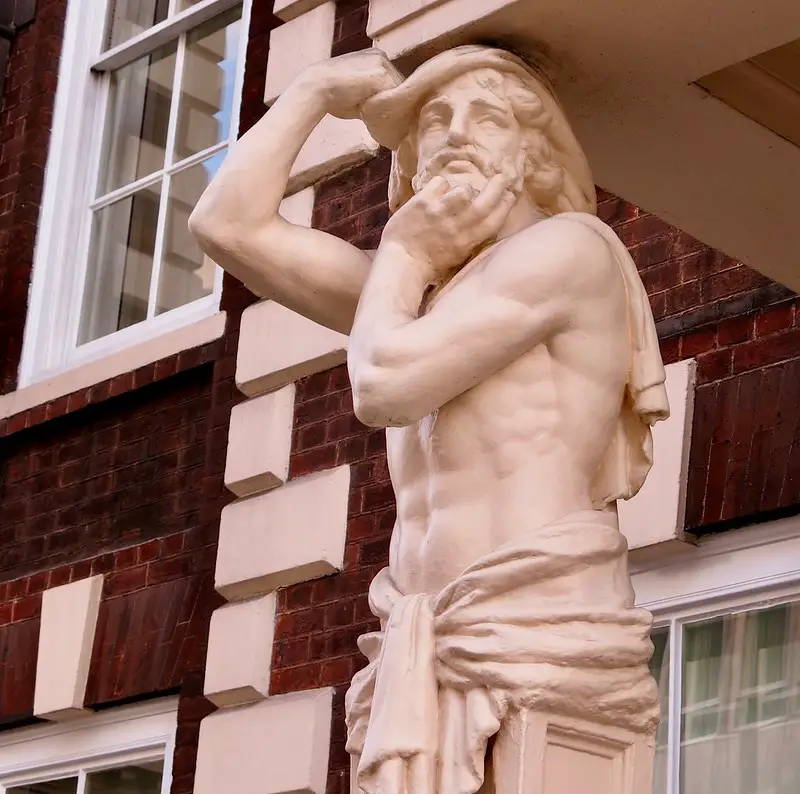
Now we can begin to know the importance of the nothingness being discussed. It’s not only at the heart of our visual experience; it’s the vital fact of all parts of consciousness as a whole. If we drill down into our whole feelings, thoughts, and perceptions, we see nothing beneath them. That nothingness is both the condition for them to happen and the means in which they happen. In a word, all the things we experience occur from nothingness. Also, that nothingness, in turn, has all the things we experience.
By concentrating our attention on this nothingness; hence, we can, cut to the actual core of our consciousness and discover its exact underlying nature.
Also, at its core, we see… well, nothing.
Chapter 11 – So, if nothingness is at the core of consciousness, we can dispense with a lot of assumptions of Western ideas.
Okay, if nothingness is at the core of consciousness. However, who cares? Even if that is correct, what is the reason why it matters?
Well, if it were correct, it would destroy a lot of the key assumptions underlying Western thoughts of consciousness and selfhood. Also, as a substitute, we could make a really different conception of who we are as conscious humans.
To bring these assumptions to the surface, say an alien told you to give the simplest explanation of yourself as a human. You might say something in this direction. To begin, you have a body. That body has numerous parts – two legs, a torso, a head, and two arms. There is a brain in that head. Also, all thanks to that brain, you have consciousness.
Also, what is that consciousness? Well, according to Western philosophy, a lot of us know it in terms of subject-object duality. On one part, you have your mind. That’s you – the perceiving subject, feeling, and thinking. Also, on the other part, there are all the things your mind picks up: other humans, buildings, trees as well as even your own body. These whole things are objects, which are external to your mind.
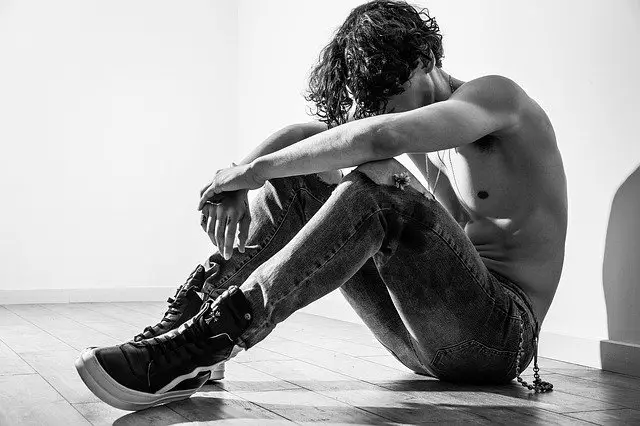
This brings about even more dualities: mind and body. Self and non-self. An internal mental world as well as an external material world. These dualities underly a lot of our common sense ideas of the nature of reality as well as ourselves. Also, all of them follow from that first model of consciousness.
However, as we’ve noticed, if we only look at our real experience of consciousness itself, we don’t see anything of the kind. We don’t see any external objects corresponding to our allegedly internal perceptions. We don’t see a different subject who sees those objects like someone looking out of the windows of a house. We don’t see anyone from which our minds could be separated. Heck, we don’t even see a mind, if by mind you imply an observing subject who stands different from the things he or she notices.
Rather, we only see a single continuum of conscious experience. Our feelings, views, as well as perceptions of the universe, are all joined together into a unified whole.
Our common sense might not accept this. Definitely there must be a subject who is feeling these feelings, experiencing this experience and perceiving these perceptions!
However, if you go searching for that subject, the only thing you will see is nothing. Also, that’s exactly the point.
Chapter 12 – Zen Buddhism has a lot of parallels to the author’s reflections and experience.
If this whole talk about “nothingness” sounds type of “Zen” to you, there’s a cause for that. As the author attempted to add up his experience in the Himalayas, he studied a lot of olden and contemporary texts of philosophy, poetry, spirituality, and religion. Some of the most valuable texts, he discovered, were the texts that were written by the masters of Zen Buddhism. Here, he discovered a lot of reflections and explanations of experiences that looked to be related to his own.
For instance, think of the story of Tung-shan, who was a ninth-century Zen master from China. When he first became a student of Zen, he saw himself confused by one of the tradition’s key teachings – teaching conveyed in one of Mahayana Buddhism’s most famous texts: the Heart Sutra. Based on this gathering of aphorisms, the body is only “emptiness” and there is “no nose, no eye, no ear.”

On occasion, while Tung-shan was going for a walk, he gazed down into a pool of water and noticed a reflection of his own face. At that point, he knew that the picture of his face was over “there,” in the water. Whereas, over “here,” in the consciousness where he was experiencing that picture, there was only an obvious empty space. All of a sudden, the teaching of the Heart Sutra became sensible to Tung-shan, and he proceeded to turn into the Zen master who created Soto, the biggest group of Zen Buddhism.
Now, moving forward to the sixteenth century, when the Chinese Zen master Han-shan wrote about a different related experience. He as well was taking a walk when all of a sudden, he came to a stop and understood that he “had no body or mind.” Rather, he could just notice “one great illuminating Whole – omnipresent, perfect, lucid, and serene.”
Let’s finish by concentrating on that final idea: serenity. As the Zen Buddhists have been teaching for several centuries, there is a profound sense of inner peace that can accompany the vision of reality that the author felt. In this vision, there is no isolating division between us and the world that surrounds us – no dualities between subject and object, self and non-self, internal or external world. As a matter of fact, there is no “us” in the first instance. We can’t be seen anywhere, and in some sense, we are nothing.
However, if we take a closer look into that nothingness, we’ll notice that it is everything as well– the entire world that occupies our headless voids, staying in a position of self-contained perfection.
On Having No Head: Zen and the Rediscovery of the Obvious by Douglas E. Harding Book Review
If we pay rapt attention to our personal experience of consciousness, we see that it is both easier and stranger than we formerly assumed. We do not notice dualities between subject and object, mind and body, self and non-self, or an inner and outer world. Rather, we only see a headless void – a nothingness that has all the things we experience.
Experience this yourself.
Visualize attempting to explain the taste of the bread to a person. Regardless of how clear or detailed you make your language, you can never completely pass the real experience of tasting it via words only. Due to that, the person needs to taste the bread for herself. The same applies to what the author experienced. For you to experience it for yourself, attempt aiming your finger at yourself, right toward the spot where your eyes “should” be.
Now, question yourself – what are you aiming at? Don’t only reply to the question verbally and say your “eyes.” Attempt to notice what you’re pointing at. If you take a really closer look, you’ll not see anything– and that’s the whole purpose! As soon as you get the hang of noticing this nothingness, attempt trying this out as a kind of meditation. The more you keep on doing this, the more you’ll be able to see yourself in the headspace of headlessness, which can provide you peace and happiness.
